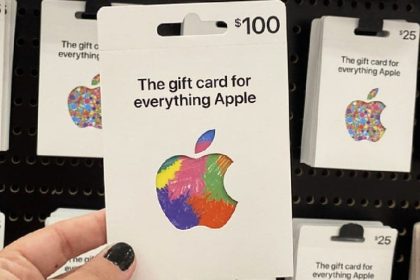By Daniel Brocklebank, Head of Brand Strategy, Ad Dynamo by Aleph
In the midst of the COVID-19 pandemic, we saw consumer behaviour make substantial shifts as people, businesses, and entire industries adapted to a new and uncertain environment by leveraging tools such as digital technologies to survive in a socially distant world. This led to changes in the way we live and the way we do business.
One of the biggest changes we witnessed as a result of this marked disruption was the move from the physical world to the digital, from the way we communicated to one another to the way we bought and paid for goods and services.
We can see this manifested in Ghana, a country in which the online market and e-commerce has historically struggled to gain purchase as a result of insufficient infrastructure, low connectivity, and the high level of perceived risk that both vendors and consumers attached to online shopping and transactions, as it continues to experience massive growth in the number of consumers shopping online since the onset of the pandemic.
According to a Mastercard study on consumer spending, 79% of consumers in Ghana are now shopping online, while social media has become integral to connecting to consumers online.
As we enter another year of post-pandemic disruption, it’s important not to make the mistake of thinking that consumer behaviour has reverted back to the “old normal” when consumers have, in fact, moved increasingly online since.
Today, consumers aren’t just buying goods online, they’re completing the entire customer journey online – from researching where to find the best products or services to completing the payment process. Meanwhile, social media has emerged as the biggest platform for not only finding the most attractive products and offers, but has also become the main platform for consumers to communicate with brands to find information, register complaints and plays a big role in the decision-making process of a consumer before they become a customer.
In an increasingly digital world, how do we ensure customer acquisition?
The shift in consumer behaviour into the digital space has meant that it is imperative for brands to prioritise online customer acquisition – simply because this is where consumers are and are going to be for the foreseeable future. As such, driving consumers to your brand’s digital properties and then converting them once there will be key.
In today’s economic and business landscape, tested and proven marketing strategies have been largely ineffective. People across Ghana have become increasingly digitally connected, while social distancing and other limitations have significantly impacted consumer behaviour and demand. In fact, internet adoption in Ghana has gone from 35% of the total population in 2019 to 68.5% in 2023, according to DataReportal. Additionally, the same study ranks Ghana as the 8th highest in the world for the average amount of time per day spent on social media, totalling a remarkable 3 hours and 28 minutes. These changes have rendered traditional customer acquisition methods moot.
According to a Microsoft study, consumers today have an attention span of 8 seconds, which decreases by 88% every year. This means that marketers have a short amount of time to grab the attention of consumers and reach their customer base. However, it’s also clear that deeper engagement with consumers is better positioned to lead to consumers taking action.
With the importance of digital channels in building trust and relationships with customers, using online channels such as social media, organic search, and digital advertising will be vital to attracting new ones.
This means that brands need to establish an online presence across the entire customer journey and not just at a single digital touchpoint with customers if they want to ensure they are not missing valuable opportunities. This can include social selling, marketplaces, search engines, and review sites, and so much more.
Essentially, even if a customer does not complete the customer journey online, the reason they might complete a purchase offline could be because of an interaction they had with the brand at any point in the journey online which convinced them to do so.
Catch up on news and other tidbits on our WhatsApp Community Page, Twitter/X, and subscribe to our weekly newsletter to ensure you don’t miss out on any news.










